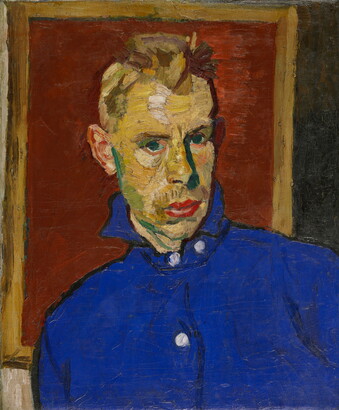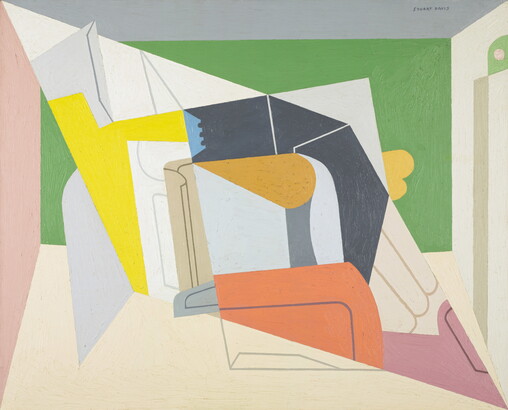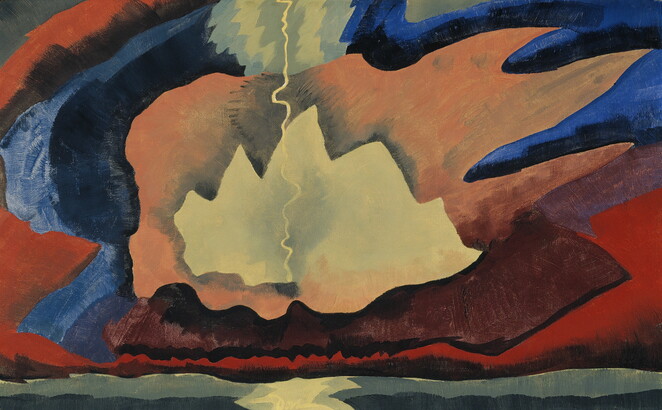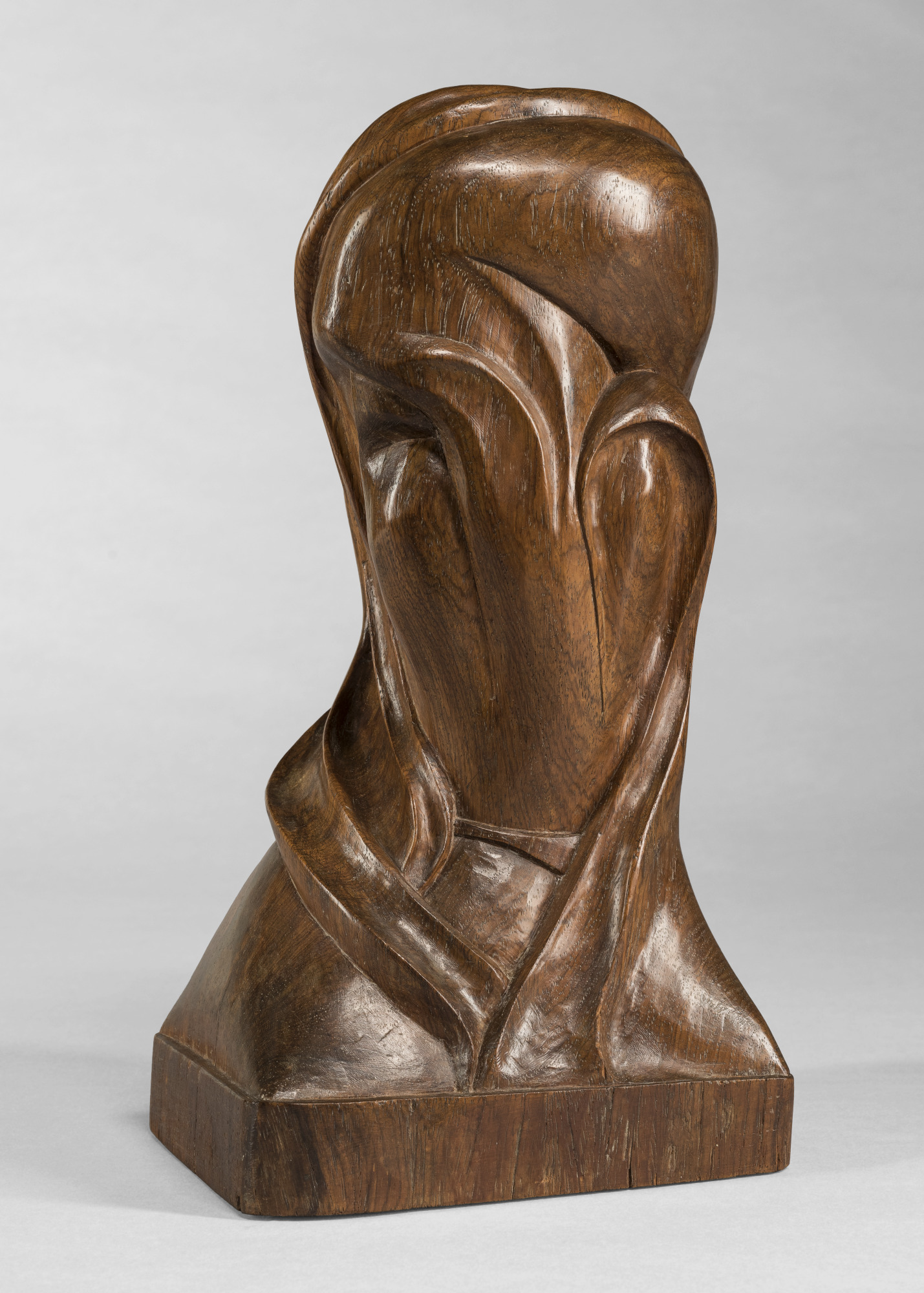The Carter Blog
Carter ARTicles
What is abstract art?
Dec 07, 2022
Have you ever looked at a work of art and wondered what you were looking at? Maybe there were large swaths of color and squiggly lines that sort of looked like something if you squinted. Or maybe there were lots of jumbled shapes that resembled a person or a thing that was drawn or painted by a child. It’s very likely that you were looking at abstract art.
Abstraction was an art movement of various styles that emerged in 20th-century Western culture. The movement’s roots lie in the conceptual and technical innovations of 19th-century European artists. In the 1870s, the French impressionists broke from the academic tradition’s somber palette and realistic styles. Wanting to capture the immediacy of their experiences, the impressionists applied short, broken brushstrokes of pure, unblended colors onto their canvases, barely conveying forms.
In the 1880s, Dutch artist Vincent van Gogh’s intuitive expression and gestural brushstrokes and French painter Paul Cézanne’s architectural style of structured forms provided technical precursors for the modern art movements of fauvism and cubism. Beginning in 1905, the French fauves (French for “wild beasts”), whose leading proponent was Henri Matisse, used intense color and vivid brushstrokes to express their emotional states.
Drawing upon Cézanne’s analytical style, artists Pablo Picasso and Georges Braque invented cubism between 1907 and 1914 in Paris. Rejecting the idea that art had to copy nature, Picasso and Braque emphasized the flat, two-dimensionality of the canvas. They fractured their subjects into geometric shapes, merging foregrounds and backgrounds. They also used multiple vantage points to suggest a diversity of perspectives. Cubism was one of the 20th century’s most groundbreaking visual art movements, inspiring countless artists to experiment with non-representational styles to express the radical changes of the modern world.
Inspired by European modern art, early 20th-century Americans such as Stuart Davis, Arthur Dove, and Robert Laurent created abstract styles to convey nature and the modern world. Although he depicted the gritty urban scene of Chinatown in 1912, Stuart Davis painted his Self-Portrait in 1919 implementing dynamic hues after looking at the work of van Gogh and the fauves. By 1927, Davis had invented a style based on cubist principles of fragmenting three-dimensional objects into two-dimensional forms as seen in Egg Beater No. 2 of 1928. Devising a more fluid abstract style by the end of his career, Davis in 1963 suggested the idea of rhythmic movement through his placement of curving abstract shapes and words in Blips and Ifs.
Stuart Davis artwork
Slide Controls
Slides
Arthur Dove invented an abstract visual vocabulary of connected forms, repeated shapes, and overall color and textural similarities that could express his perceptions of organic life in Team of Horses from 1911 or 12 and Thunder Shower painted in 1940. In the latter work, a thin yellow line indicates a flash of lightning, and echoing sawtooth shapes evoke the sound of thunder.
Arthur Dove artworks
Slide Controls
Slides
The sculptor Robert Laurent departed from three-dimensional representation by allowing intuition to guide his carving process in Head (Abstraction) from 1916. Working without any preparatory drawing or idea, Laurent directly carved into a block of mahogany, allowing the inherent qualities of the wood to guide the curves and folds that resulted.
After World War II, American artists prioritized the painting process, elevating spontaneity and improvisation and allover compositions without a single focal point, starting the movement known as abstract expressionism. Although Norman Lewis began his career as an abstract expressionist, he felt an emotional and aesthetic transformation after a 1973 trip to Greece and titled his last series of works Seachange. Imbued with the artist’s newfound freedoms, Seachange XIII, painted in 1977, exudes an atmosphere of spiritual ascension through swirling white ovals that may represent people, ocean waves, or flying saucers, evoking the sensation of metamorphosis in an expansive blue field.
Abstraction allowed artists uninhibited freedom of expression as they experimented with evocatively organizing colors, shapes, and lines. These artists invented new pictorial languages that could express subjective ideas and emotions or external references and broader concepts, enabling viewers to think about themselves and the world anew.

















